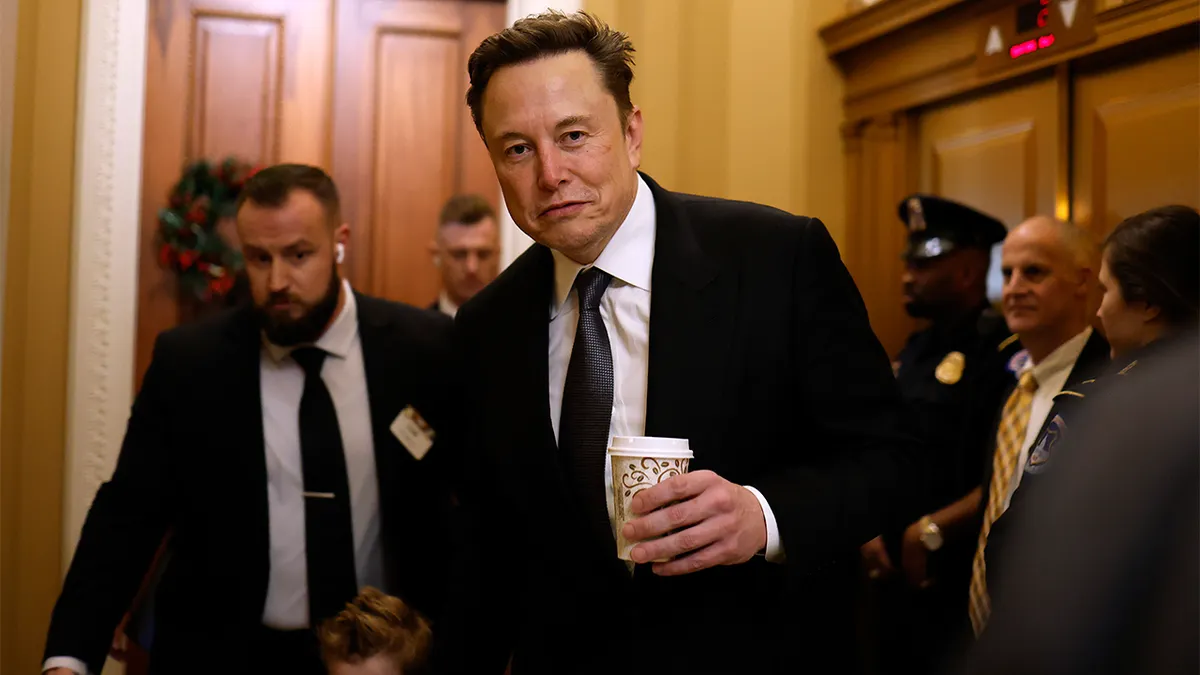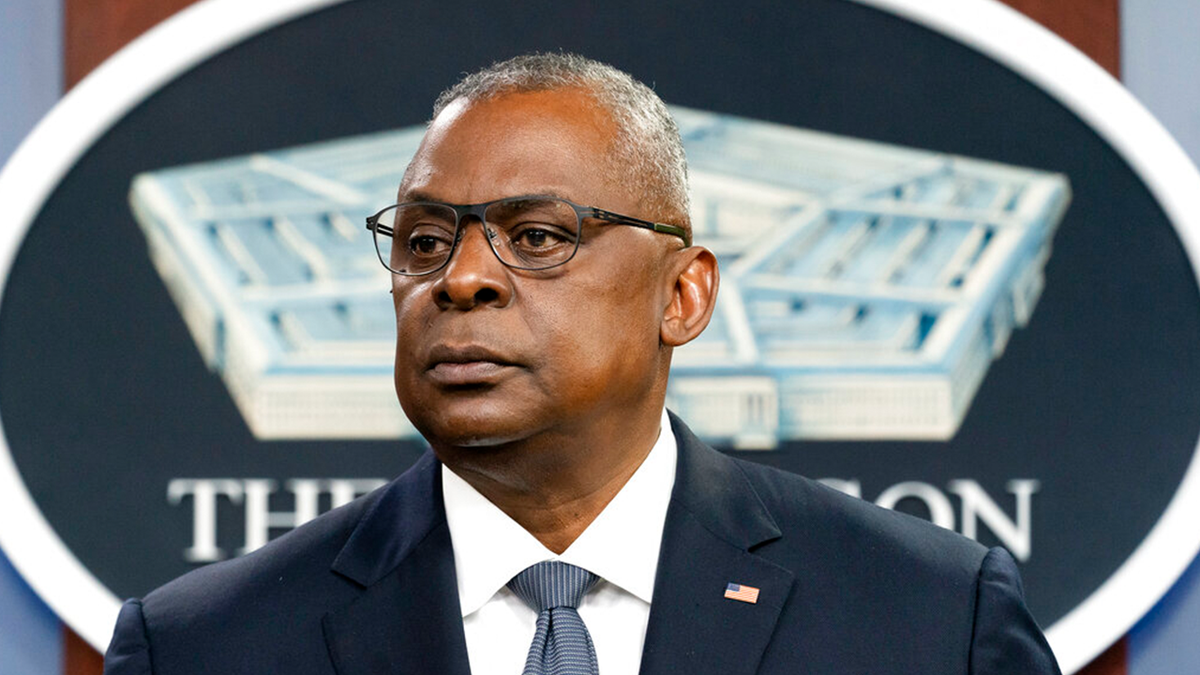President Trump's recent wave of tariff announcements has ignited a heated debate, raising concerns about potential economic consequences for American consumers. Trump's reciprocal tariff policy aims to level the playing field by matching import taxes with those imposed by other countries on US goods. This follows hot on the heels of tariffs on steel and aluminum, primarily targeting China, and a broader tariff on all Chinese imports.
Public opinion on these tariffs is divided. While Republicans largely support them, Democrats generally oppose them, with a significant portion of the public remaining uncertain. This uncertainty stems from the complex nature of tariffs, which, while fundamentally taxes on imported goods, involve intricate policy implications. The level of support also appears to fluctuate based on how poll questions are framed, particularly regarding the potential impact on consumer prices.
Surveys reveal that a substantial majority of Americans anticipate tariffs will lead to increased costs of goods. However, support for tariffs sometimes persists even when higher prices are explicitly mentioned, suggesting that some believe the benefits outweigh the costs. This belief often aligns with the expectation that tariffs will bolster American manufacturing and protect jobs, a sentiment particularly strong among Republicans. Conversely, many economists argue that tariffs are a blunt instrument, potentially causing more harm than good, and that alternative policies could more effectively achieve desired economic outcomes.
Economists generally agree that tariffs will likely drive up consumer prices. Some estimate this increase could reach around $100 per month. Beyond the immediate price hikes, there are concerns about long-term consequences. Trump's fluctuating tariff threats could damage trade relationships, making partners hesitant to engage with the US. The goal of boosting American manufacturing might be unattainable without additional domestic policy changes, and the reliance on imported raw materials further complicates the situation.
The potential economic repercussions could be substantial. A 10 percent tariff on the nearly $440 billion worth of goods imported from China last year could significantly impact consumer spending on everyday items like electronics. Tariffs on Canada and Mexico could have even more severe consequences, potentially leading to substantial increases in grocery prices. The interconnectedness of North American trade, especially in the automotive and agricultural sectors, amplifies the potential for widespread economic disruption.
Trump's justification for these tariffs centers on addressing the US trade deficit and using them as leverage in negotiations on issues like border security and drug trafficking. However, this strategy faces challenges. While some polls indicate support for tariffs as a negotiating tactic, the public is less enthusiastic about their actual implementation, especially concerning tariffs on Canada and Mexico. These tariffs could undermine the USMCA trade agreement, which enjoys relatively high public approval. Furthermore, the effectiveness of tariffs as a negotiating tool is questionable, as demonstrated by the limited impact on issues like fentanyl trafficking from Canada.
The public's tolerance for rising prices may be waning, as evidenced by recent consumer sentiment data. While Trump frames his tariff actions as serving national interests, it remains uncertain whether the public will ultimately accept the potential economic trade-offs. This situation contrasts with the Biden administration's experience, where similar messaging about inflation failed to resonate with the public.








